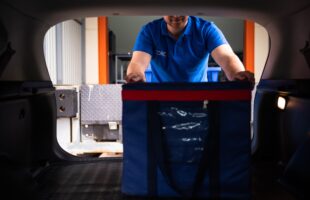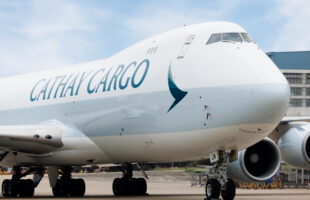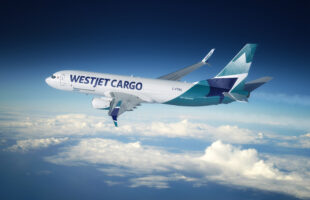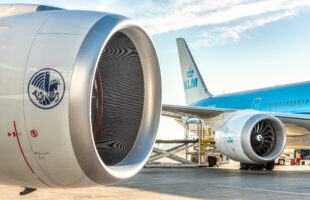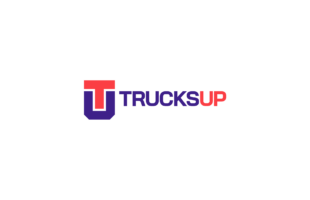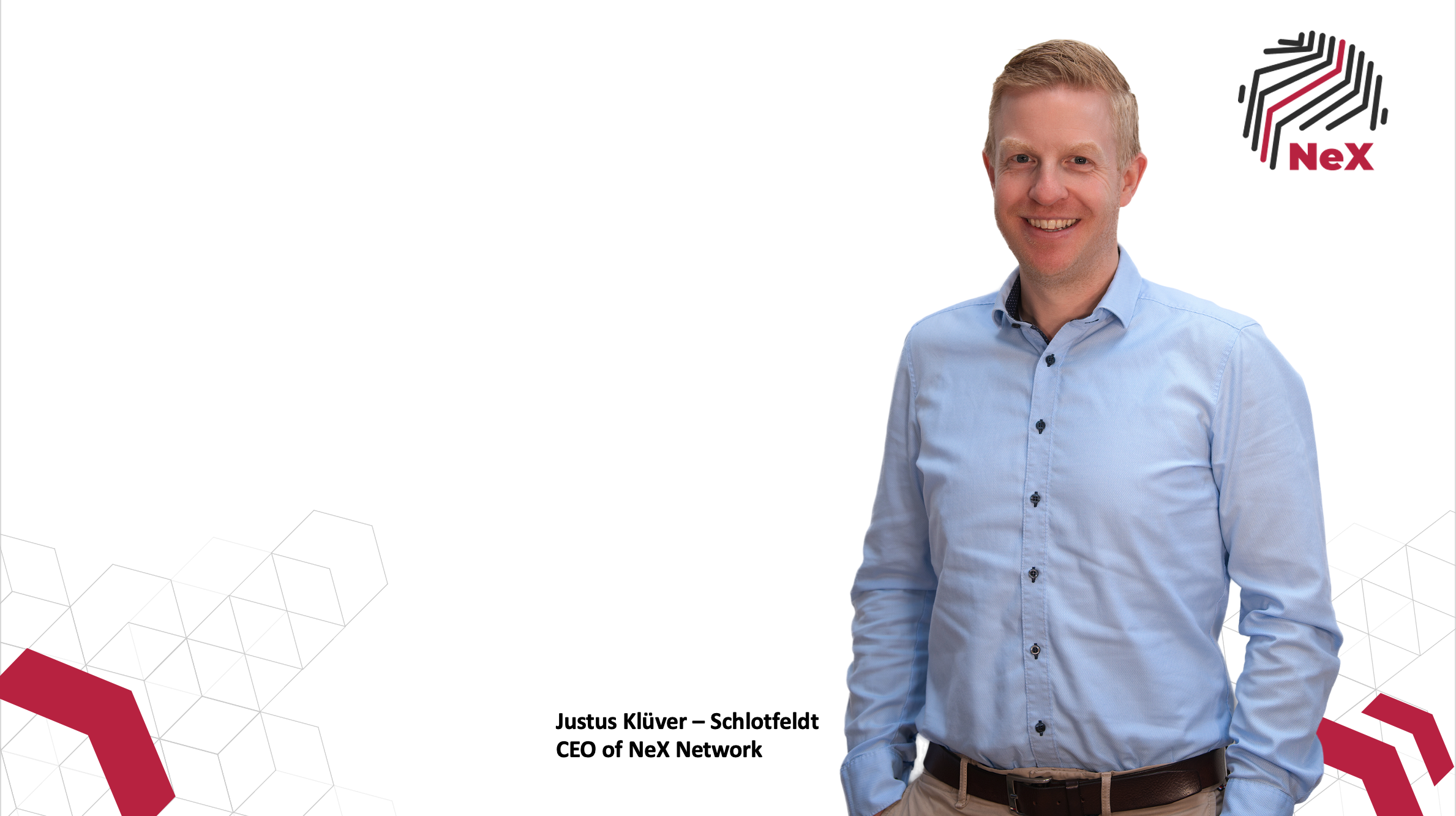
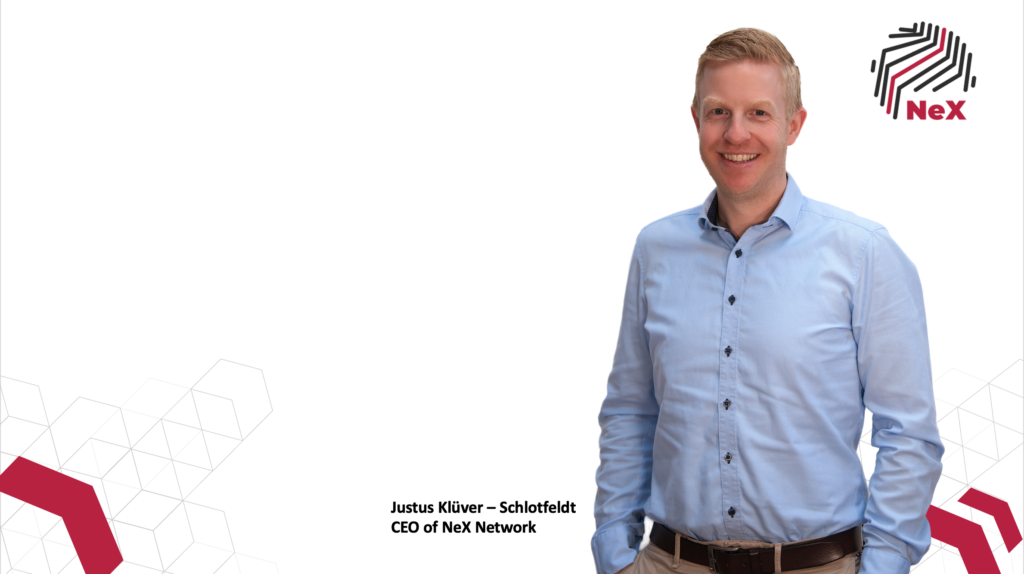
NeX is an international group of experts focused on advancing the interests of the e-commerce supply chain logistics industry through tight-knit networks and digital solutions. The platform was formed by Neutral Air Partner and ATEM Group back in May to serve as an ecosystem for shippers and stakeholders to engage with e-commerce logistics professionals and suppliers to the trade. In an interview, Payload Asia talks to Justus Klüver, CEO of NeX eCommerce to learn more about the group and its future plans.
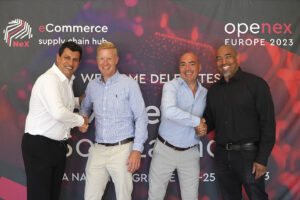 Can you give us a brief background of how NeX eCommerce was formed? Has there been any interest since the group’s announcement?
Can you give us a brief background of how NeX eCommerce was formed? Has there been any interest since the group’s announcement?
NEX has been founded by the ATEM Group and Neutral Air Partner. We have 20 exclusive and very powerful e-commerce cross-border specialist companies as our founding members that operate globally. We have already 138 companies on the waiting list and counting. The interest is huge and bigger than we even expected.
Can you name some of the companies involved in the group?
The NET, Starlinks Global, AXCO, Bundle, Hurricane, Plusius, Reversegear, CCL, NG Terminal, Citi Logistics, Group Interlogixx, AMS, Van der Helm, Motion Supply, Packshak just to name a few.
Which key markets are you looking to start at? What are your prospects for Asia Pacific?
We start global right away. The network of the shareholder is strong enough to go global right away. In Asia Pacific, we have members now in Singapore, China, Malaysia, Indonesia, Australia, New Zealand, Taiwan, India.
With highly fragmented and complex supply chains and different stakeholders involved, how do you plan to simplify the logistics process for e-commerce players?
The key is technology. We did build the NEX hub, which is an open SAAS platform that connects the latest technology needed for a modern cross-border e-commerce supply chain process with the enterprise resource planning (ERP) systems of the members. The member can choose to connect his own system or use our own designed ERP which covers everything they would need. The AI technology behind it allows the member to simplify their processes and optimise their shipping cycle.
Amongst the value-add services that the group can provide or guide with, which do you predict could see more demand and revenue? Is it in e-commerce fulfillment, reverse logistics or something else?
The reverse is for sure one of the key drivers to success in the near future as the market still grows and there are not many operators in it that are very experienced. Key bottleneck for all is and stays the customs bit. This also applies for the returns. We already have access to customs brokers in 170 countries and are very unique in this scenario. Here again, technology is the key. With a smart customs classification system that is connected to the warehouse operations, the processes getting more efficient and within the revenue stream stacks up.
To provide valuable end-to-end deliveries and maintain a steady supply chain, what are key logistics decisions that a shipper or e-commerce player needs to make?
The key here will be the right partner. The cargo owner should control the whole supply chain and that’s why an ecosystem like ours is so important. The cargo owner can decide who they want to use in the supply chain and not use an operator that white labels all activities. If the retailer or e-tailer can measure the price and performance of every vertical of the supply chain and even has different options to choose from, he holds the key to a successful future operation.
What’s the group’s view on sustainability? Must have or nice to have?
Definitely a must have. By October, we will have a tool in the hub that will allow our members to measure their CO2 output on the parcel level and by 2024 even on the SKU level if they want. In addition to that, we are working on a contract for sustainable consulting with one of the most known companies in that field from Switzerland.
Where do you see the biggest challenge for foreign e-tailers, entering the Asian market?
Clearly the fiscal part as well as the marketing. It is getting more and more cost intensive to enter a new market in Asia. Also the fiscal part is very time consuming if you are not using an agency for that.
Where do you see the biggest growth potential for imports into Asia to China?
For me the Latin American and South American trade lanes are interesting. While we see an ever growing part from China to the region, now the potential and numbers on export from that region back to Asia is stacking up.



